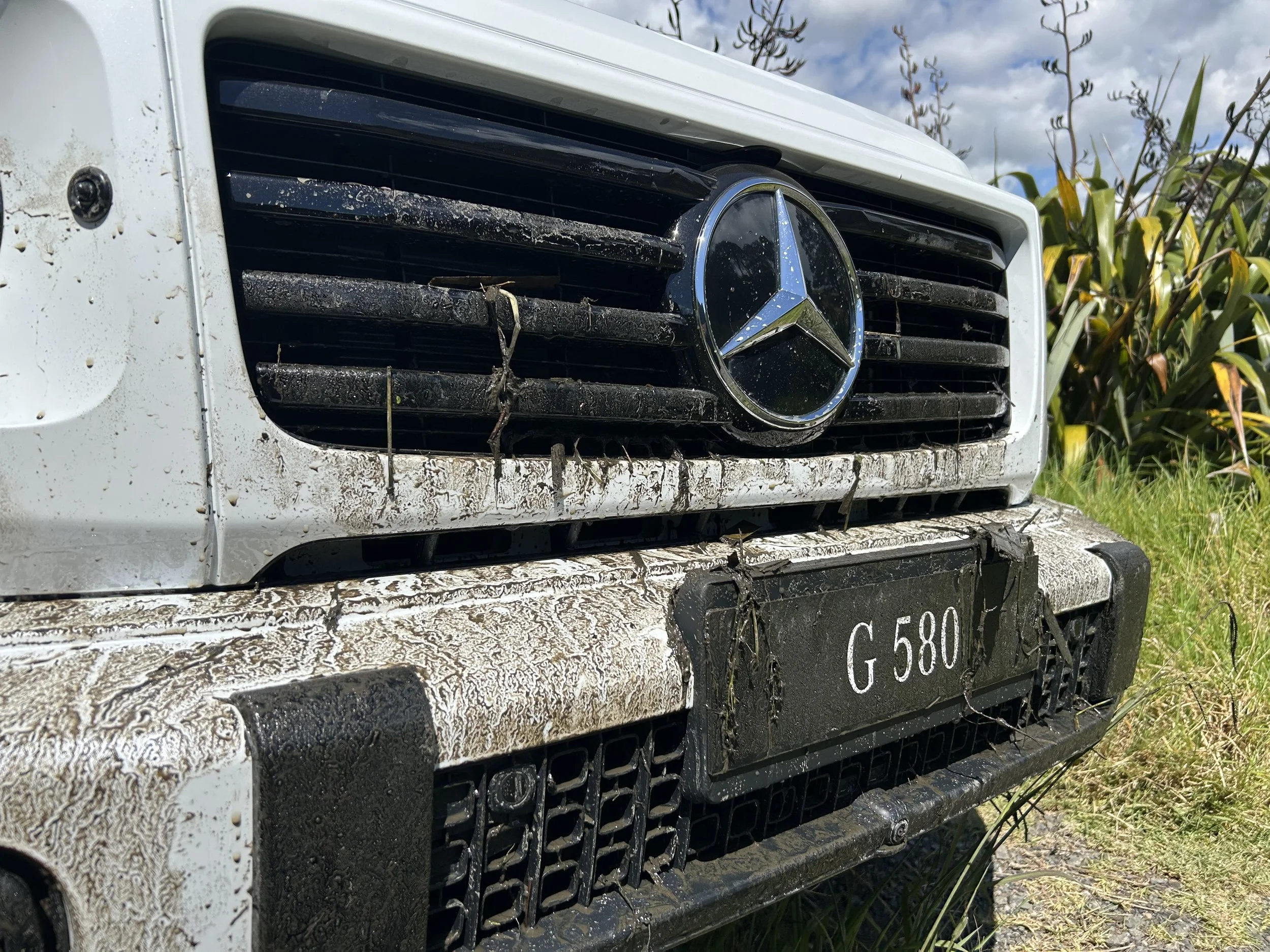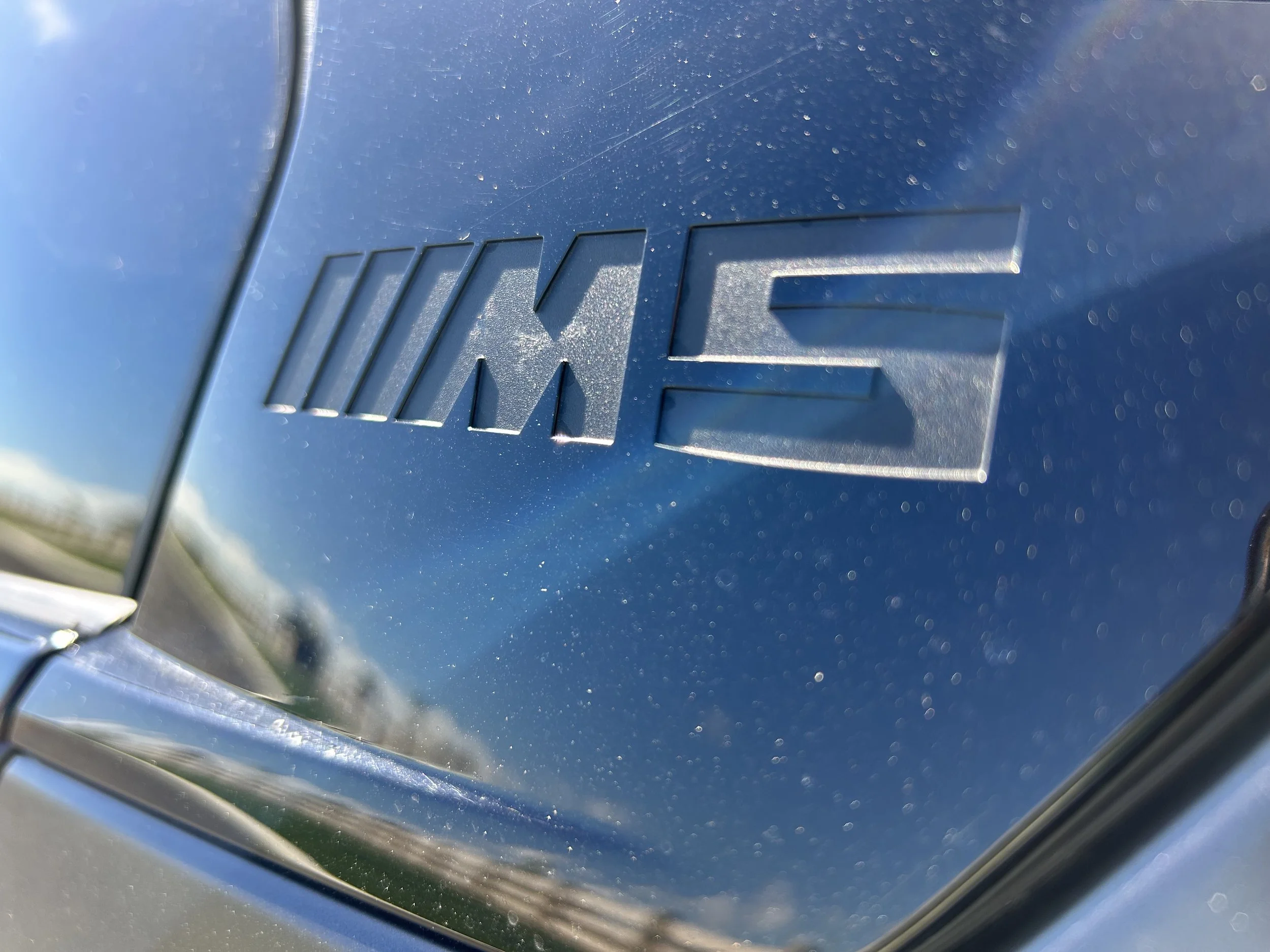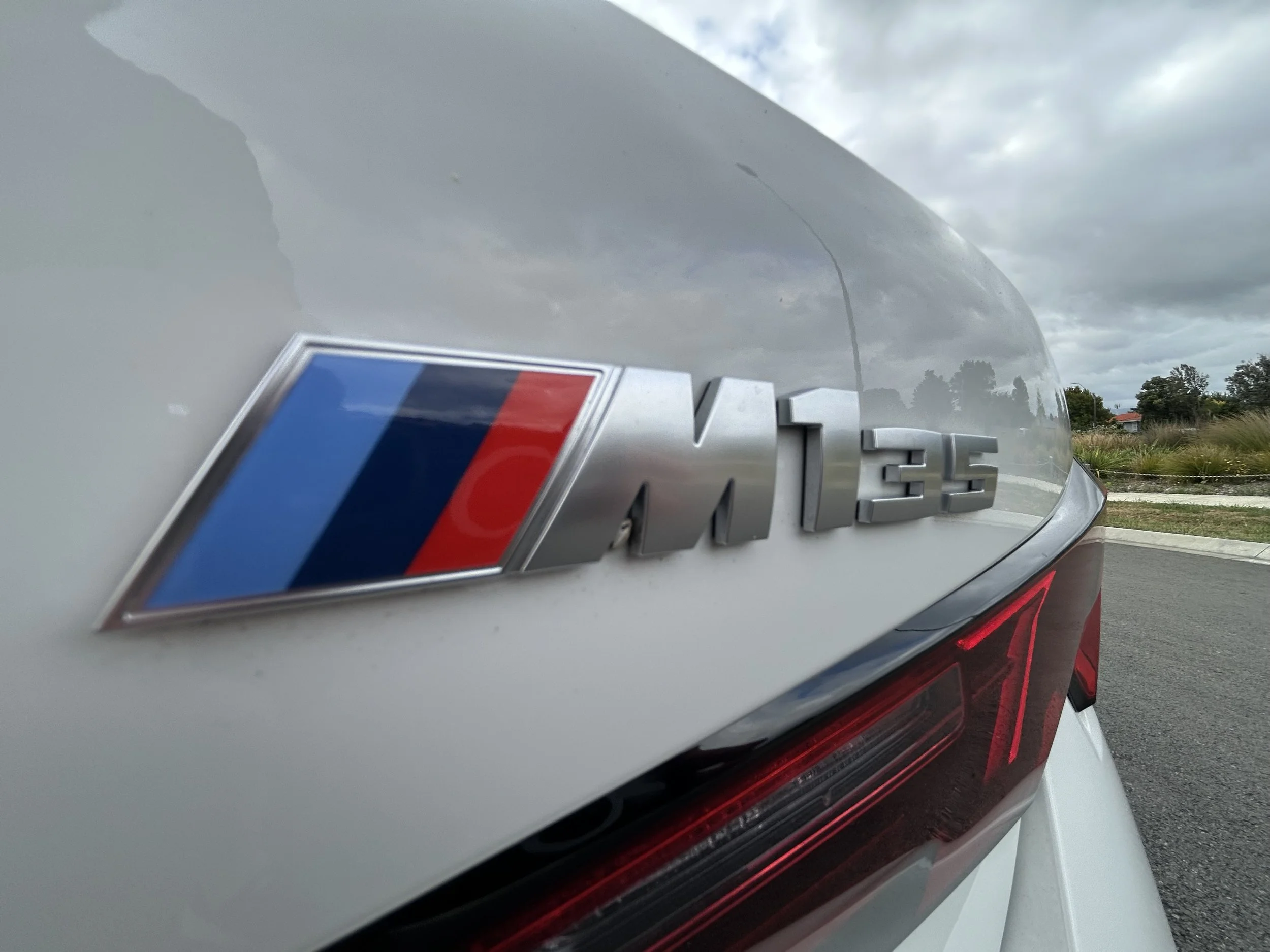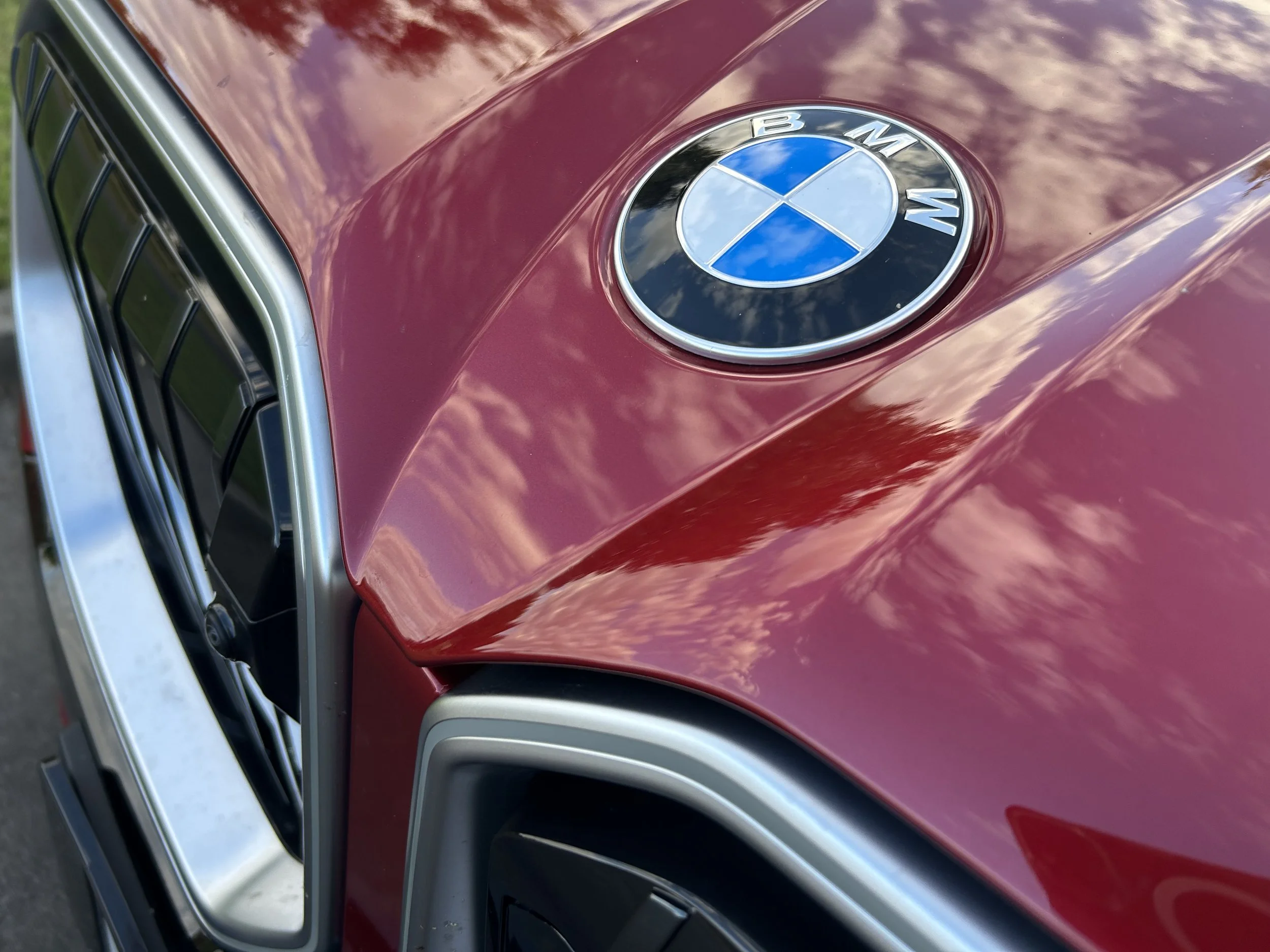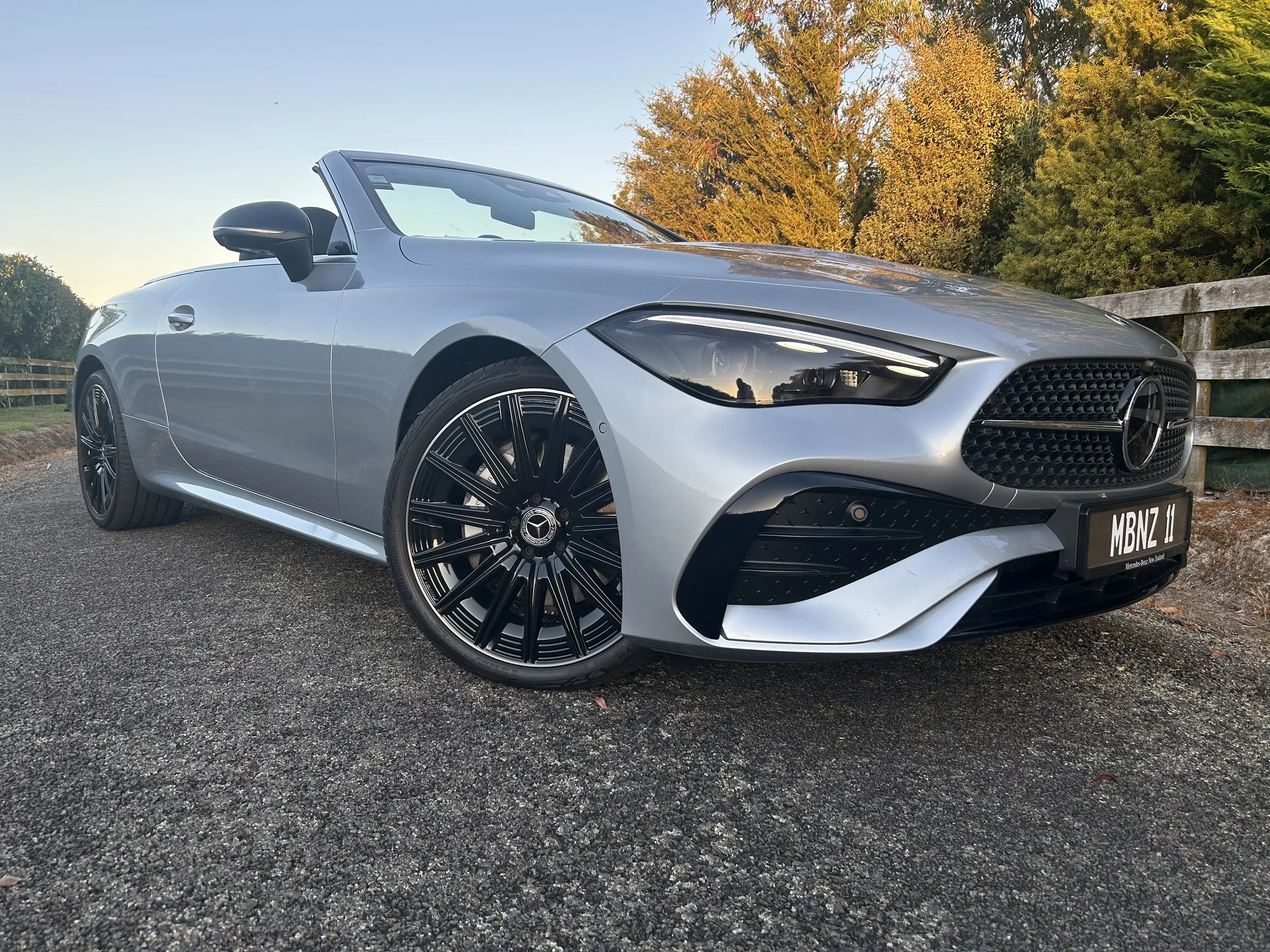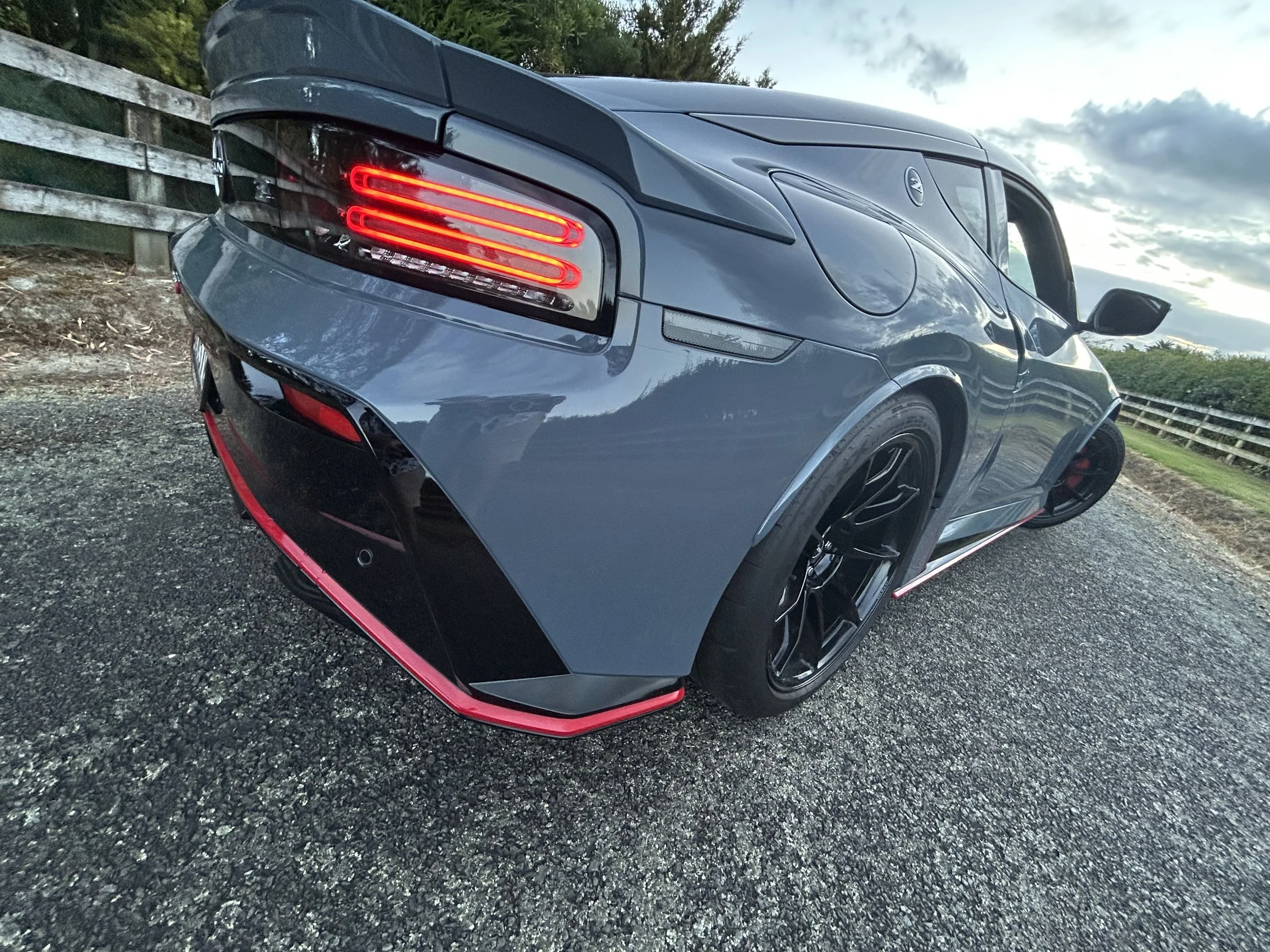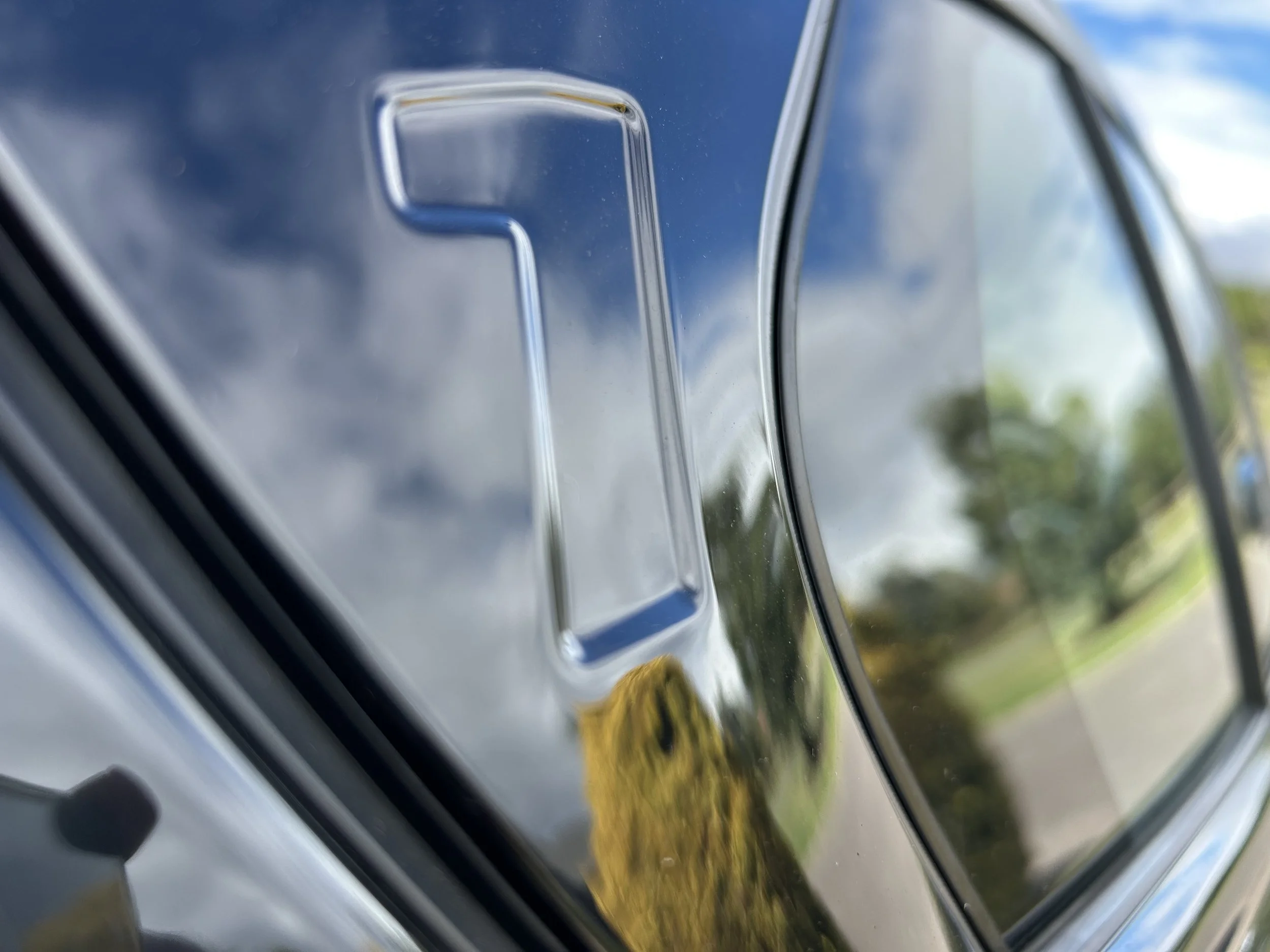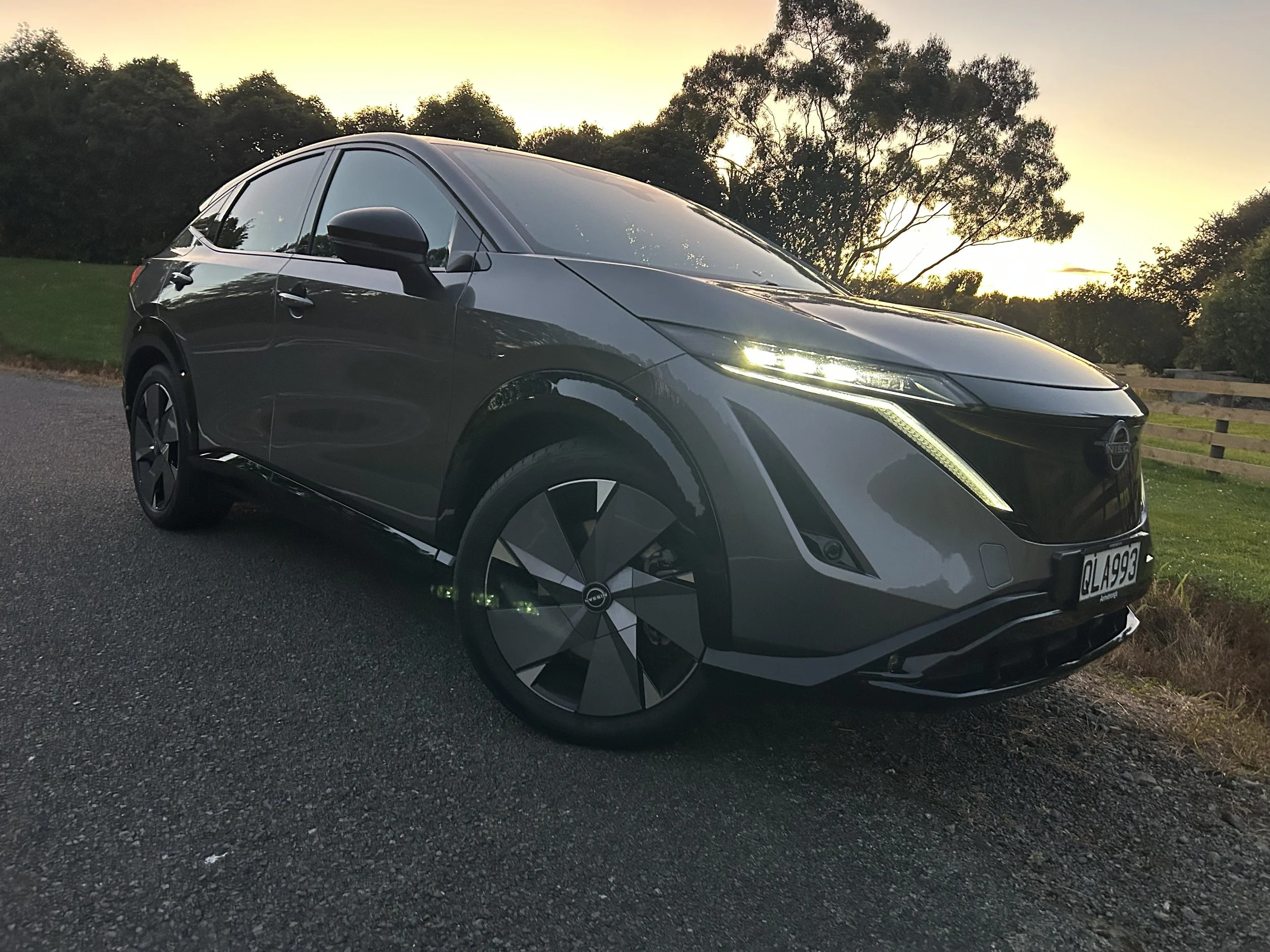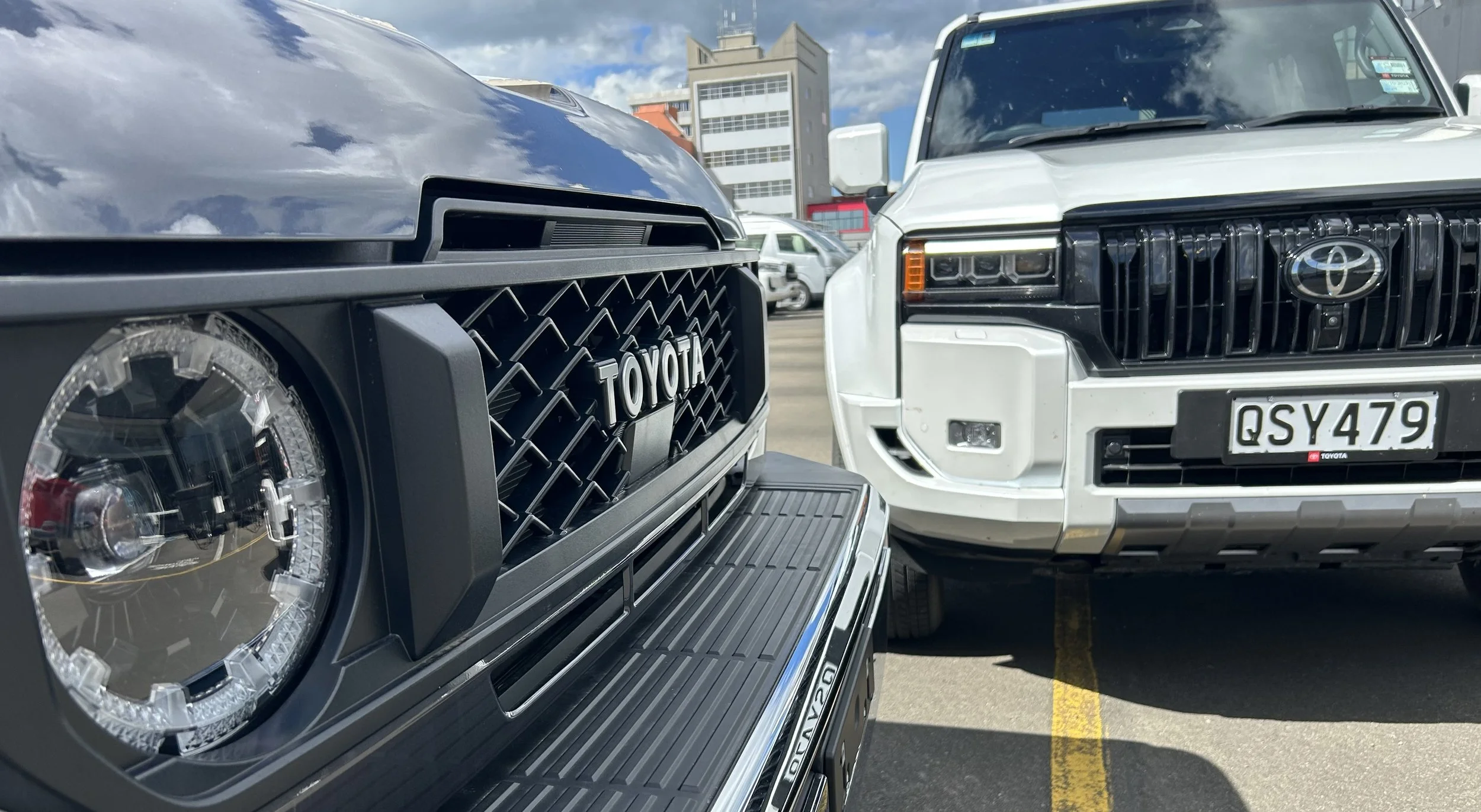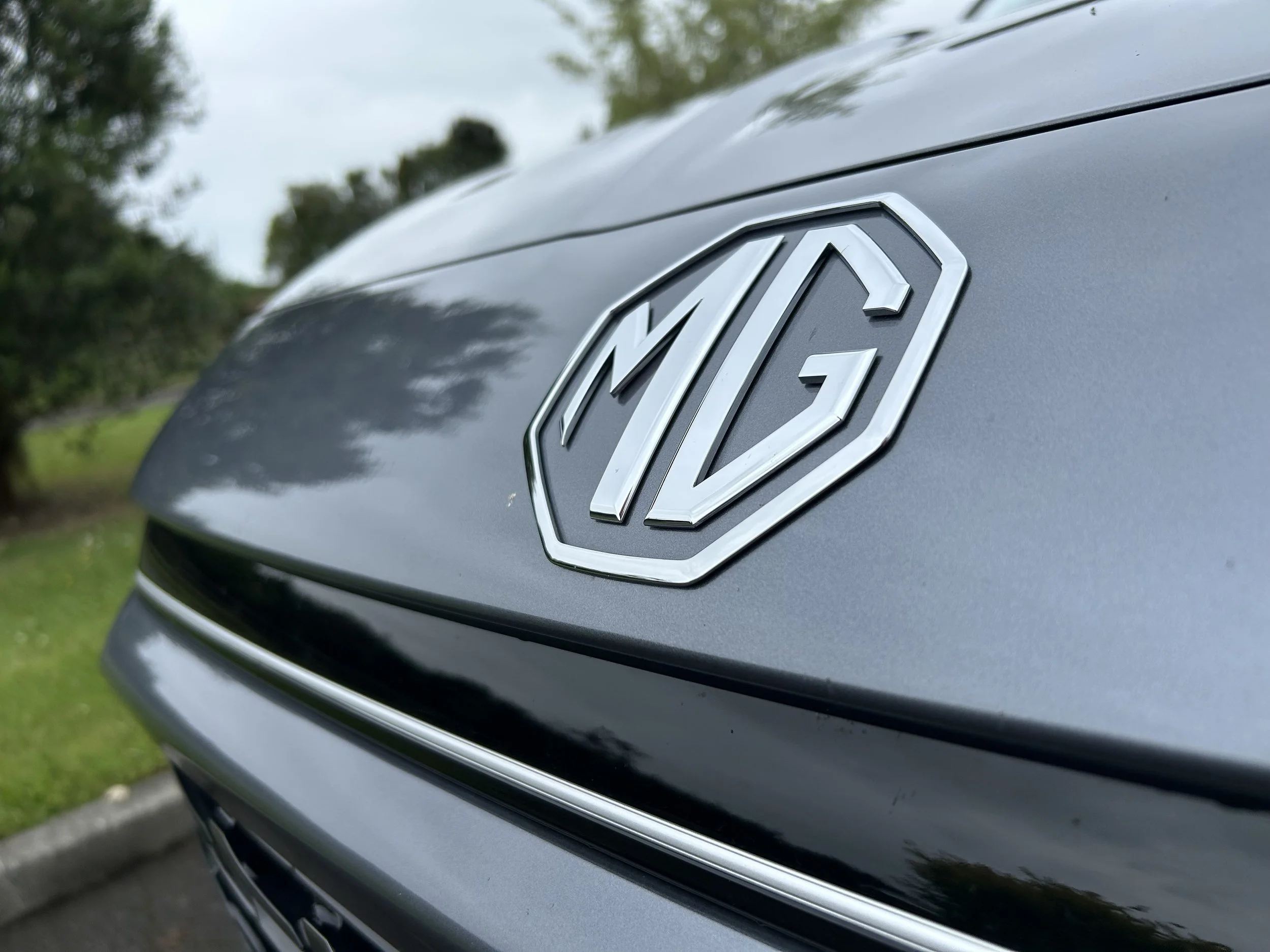2017 Mazda CX-5: Class leader raises the bar
/The first-gen CX-5 departs with rock star status. No need for tears – a replacement with an all-new body and interior, and more cargo space, refinement and technology seems set to also top the charts.
PARKING the latest CX-5 alongside its outgoing predecessor is an interesting experience – they’re different, just not as different as you might think.
I suspect that strong sense of familiarity will hang over the driving experience. As well it should. After all, the engines, six-speed automatic gearbox and around half of its componentry are carried forward.
This isn’t so much Mazda being reluctant to change; more a case of not wanting to hex a good thing.
Mazda is on a roll, but CX-5 has been especially good for the Hiroshima outfit. Locally as internationally, the first gen launched with a roar in 2012 and promptly set out to beat all in-house volume predictions.
Here it swiftly bumped Mazda6 from local market dominance and ithin three months of coming on sale was attracting an order count far above the forecast 160 units per month. It departs as Mazda NZ’s monthly best seller 39 on occasions and as the country’s favourite mid-sized SUV (when rental counts are excluded, otherwise it’s the Toyota RAV4).
It’s been just as hot internationally, something programme manager Masaya Kodama admits took HQ by surprise. No-one then anticipated SUVs being the next big thing, but in hindsight the timing was perfect. Analysis suggesting a 150,000-unit annual global build run was quickly proved laughable. Of the 1.5 million vehicles Mazda made in 2016, around 370,000 were CX-5s – coincidentally, the firm also knocked out 1.5 million CX-5s during its production span.
And gone so soon? Most product cycles run seven years, but for Mazda it’s five, hence why there’s a now new one. Kodama and his 500-strong team had a relatively straightforward remit: Build on the previous car’s many strengths polish out its relatively few shortcomings and, above all else, keep to the overall winning recipe. No pressure then.
Priority requirements were to bring styling up to speed and achieve better refinement, safety and comfort. Mission accomplished? Two days driving the mid-level GSX and top Limited suggest Mazda has another winner on its hands.
All the same, don’t expect revolution.
Fact is, while the gen two car delivers an all-new body – taking clear cues from the larger CX-9 - and interior, and more cargo space, refinement and technology, it is not all new.
The four-cylinder powertrains are largely unchanged - effort has been aimed at making the 2.5-litre petrol unit quieter and the 2.2-litre turbo-diesel smoother and official fuel consumption increases by up to half a litre per 100km (although Mazda claims all models are more efficient in the real world) – but, overall, operational aspects are unaltered, as are outputs.
The six-speed automatic is also only modestly refined, with minor ratio changes being the main alteration. Save for tune, suspension and electric steering are unchanged. A lot of other components are simply carried over.
Don’t be disappointed. Fact is, there was no need for a clean sheet. It already hit the sweet spot in terms of size, price, economy, performance, dynamics and technology. This new generation largely nails the few criticisms that the outgoing one had to carry; chiefly a lack of refinement in terms of engine, road and wind noise.
The ‘ain’t broke, don’t fix’ approach reflects in it being around the same size as the outgoing car, still provisioning in GLX, GSX and Limited specifications and why the pricing represents an average increase of just $700, meaning it now sites from $39,995 to $57,495.
Keeping the drivetrain potentially isn’t just prudence and cost-saving. With those engines, a pair of petrols - a 2.0-litre for the GLX, 2.5 for the higher grades, the first front-drive only, latter powering in front or four-wheel-drive – and a 2.2 diesel that only runs in all-wheel-drive format, it might simply be all a matter of timing.
Kodama won’t say how much longer they’ll remain in service, but suggests second generation SkyActiv powertrains will be in commission next year. Also, of course, there’s clearly good chance the stonking 2.5-litre turbo petrol that performs so brilliantly in the CX-9 has to be a starter, sooner or later.
The addition of more safety and convenience equipment and more sound insulation, and the car also being slightly longer and stiffer means it is also heavier - on average kerb weight has increased by around 40kg. How the 2.0-litre feels about this remains unknown; none were on the launch. But the 2.5 and 2.2 don’t seem to sweat it.
Mazda is resistant to fully autonomous cars, suggesting ‘hands-off’ jars with its intent to keep an ingredient of driver fun, but it has stepped up the suite of active safety technology – dubbed i-Activsense – that is classed as ‘level one’ autonomy.
All variants get a rear-view camera, rear sensors and autonomous emergency braking, which is now capable of also detecting pedestrians (between 10-60kmh) as well as vehicles (4-80kmh).
The Limited has Mazda radar cruise control with full stop and go functionality, traffic sign recognition, lane departure and lane-keep assistance systems as well as side camera and smart brake support. What Mazda needs to do, now, is upgrade our road markings; on our drive, the lane-keep struggled and occasionally gave up entirely.
The cabin now feels far more premium than its predecessor. The tablet style 7.0-inch infotainment screen is more logically located and it and the switchgear could have been lifted from an elite Euro; so too some of the soft touch surfaces that are a big improvement over the outgoing car’s hard black plastics. Finish of all cabin surfaces is exceptionally good, in fact.
The one big disappointment for me is that it still lacks Apple CarPlay and Android Auto. Kodama says the challenge of integrating these functions into Mazda’s bespoke MZD Connect infotainment suite continues to challenge the company’s software engineers. But they’ve almost cracked it, he assures. “We will have it.”
That’s good news, because it is a car in which good sounds can easily be heard through bad ones – that’s road, engine and wind noise – having been largely expunged; the diesel in particular is extraordinarily refined. There is more sound deadening everywhere, including acoustic glass in the front-side windows (another CX-9 trick) and more door (and door handling) sealing to eliminate as much wind noise as possible.
Yes, there's still some tyre roar, most notably from those Limited-level 19-inch wheels, which deliver a firm ride on broken seal and mid-corner lumps, but it has to be said that the diesel flagship nonetheless remained so quiet at all roads speeds that it has potentially reset the class benchmark.
Speaking of .. chassis dynamics have always been a CX-5 highlight and rest assured it hasn’t lost the sporty edge that emphasises the sincere if quirky Mazda ‘horse and rider’ credo.
That all versions come with G-Vectoring Control (GVC), which that delivers unified control over steering and chassis systems by finely controlling engine torque based on steering and acceleration inputs, isn’t an effort to disguise any dynamic flaws.
Also now standard to the CX-3, GVC is hard not to like. It evidences more coherently in the CX-5 than the Mazda3, perhaps because of the extra weight but also the higher centre of gravity. It’s impressive how the car, when pushed hard through a bend, seems to find ability to pull itself into an apex, rather than wash out.
This car doesn’t just rely on electronic means to handle well. There is a load of grip at all times and it has a nice balanced feel.
Petrol engines are picking the sales pace in this category but, in this car, I’d still go for the diesel; it’s such a fantastically smooth and muscular performer, with almost petrol-like pick up but less vocal even when pushed. And it works extremely well with an automatic that, despite showing its age on paper, remains hard to fault. To me, a diesel Limited in the new hero colour, Soul Red Crystal, is the perfect CX-5.
Mazda NZ reckons this year it will sell more than 3000 – a first for any car it has sold here. I’d say it’ll be a cinch for a car that, despite not being a rebirth, nonetheless feels completely reborn.






